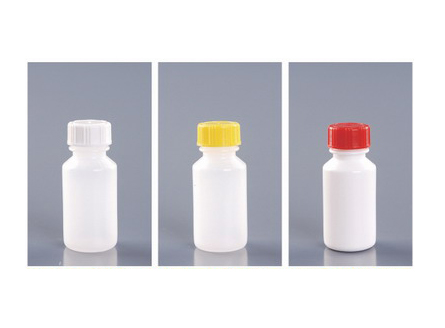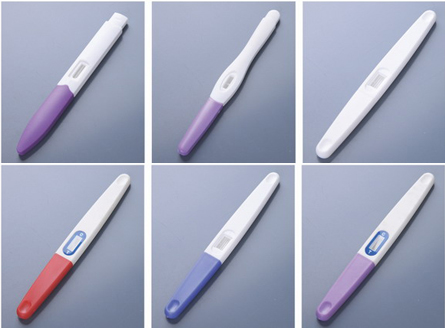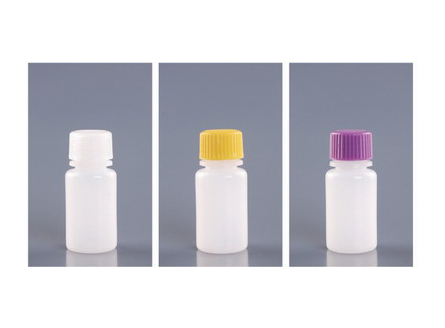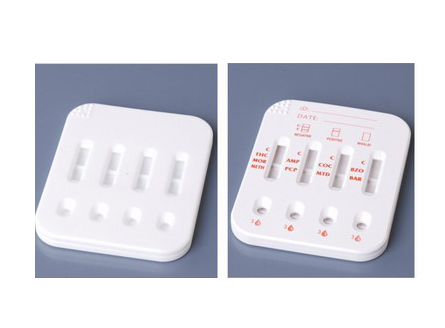
 Reagent bottle
Reagent bottleReagent bottles containing reagents,wheth...
 Pen type card
Pen type cardPen cards come in various specifications ...
 Wide mouthed reagent bottle
Wide mouthed reagent bottleThe wide mouthed reagent bottle adopts in...
 Porous card board
Porous card boardPorous card boards can hold multiple dete...
FAX:+86-317-4052076
Email:[email protected]
Web:2meiwang.cn
Address:Du Sheng Xiang Xiao Liu Village, Cang County, Cangzhou City, Hebei Province
Current Location:HOME > NEWS > Industry information >
NEWSColloidal gold technology and its basic principles
Colloidal gold technology, also known as immunogold labeling technology, uses colloidal gold as a marker and utilizes specific antigen antibody reactions to amplify the immune response system through colored colloidal gold particles. The reaction results are directly displayed on a solid-phase carrier, thus achieving the purpose of detecting antigens or antibodies in the test sample. This technology, as a new detection method, has advantages such as high sensitivity, strong specificity, and good stability. It has developed in various research fields such as medicine and animal and plant testing. Colloidal gold technology is a novel immunolabeling technique that uses colloidal gold as a tracer or chromogenic agent and is applied to antigens and antibodies. Due to the absence of endogenous enzyme interference and radioactive isotope contamination, and the use of colloidal gold of different particle sizes for dual or even multiple labeling, the localization can be enhanced. Therefore, it has become a new labeling technology following fluorescence, enzyme, isotope, and latex labeling techniques. Colloidal gold is formed by the polymerization of chloroauric acid with reducing agents such as white phosphorus, ascorbic acid, sodium citrate, and oxalic acid to form gold particles of specific sizes, and becomes a stable colloidal state due to electrostatic interactions. Colloidal gold carries a negative charge in weak alkaline environments and can form a strong binding with the positively charged groups of protein molecules. As this binding is electrostatic, it does not affect the biological properties of proteins. Colloidal gold can not only bind to proteins, but also non covalently bind to many other biomolecules, such as Staphylococcal Protein A, Plant Agglutinin (PHA), and Conavirin A. (CanA), immunoglobulin, etc. The colloidal gold labeling technology is essentially the encapsulation process of protein molecules adsorbed onto the surface of colloidal gold particles. Therefore, it has become a very useful tool in basic research and inspection and quarantine. Immunocolloidal gold particles have high electron properties. Under a microscope, black brown particles can be seen at the binding site of gold labeled proteins. When these markers aggregate in large quantities at the corresponding ligands, red or pink spots can be visible to the naked eye, and can be used for qualitative or semi quantitative immune detection
